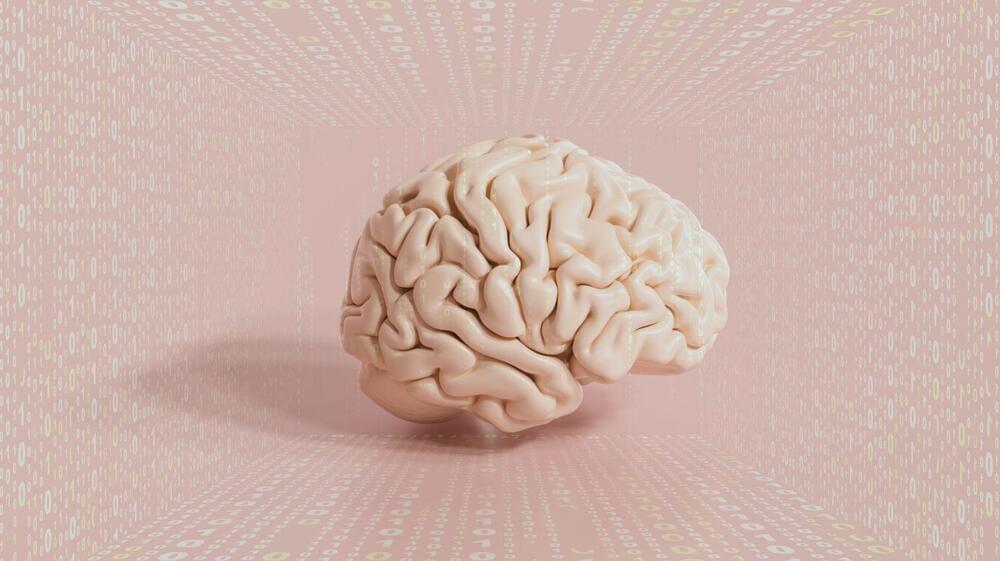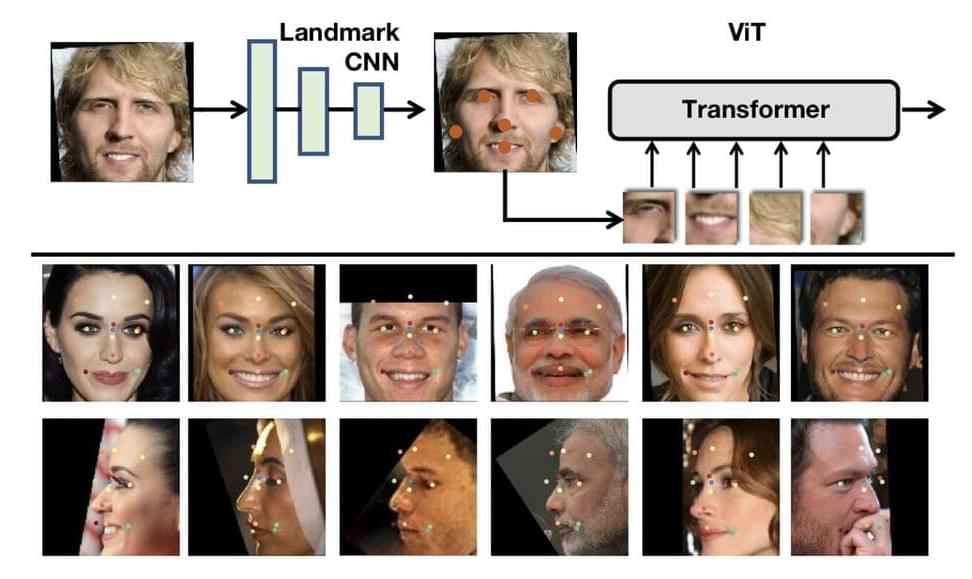Using AI to read people’s thoughts? 😀
In a groundbreaking study, scientists employ a ChatGPT-like AI model to passively decode human thoughts with unprecedented accuracy, unlocking new potential in brain imaging and raising privacy concerns.


Addresses doubts about data privacy and factual inaccuracies in AI responses.
OpenAI, the creator of the chatbot ChatGPT, has publicly spoken about the safety of AI and how it tries to keep its products safe for its users. The company had come under criticism following privacy breaches and started approaching the problem by rapidly releasing new iterations of its models.
Last week, Italy became the first Western country to put a temporary ban on the use of ChatGPT, citing privacy concerns.
BlackJack3D/iStock.

It is as weird as Saudi Arabia giving an AI citizenship.
Italy is the first Western country to prohibit the advanced chatbot ChatGPT according to authorities. The Italian data protection authorities expressed privacy concerns about the model, which was developed by the US start-up OpenAI and is supported by Microsoft.
Authorities also accused OpenAI of failing to verify the age of its ChatGPT users and of failing to enforce laws prohibiting users over the age of 13. Given their relative lack of development, these young users may be exposed to “unsuitable answers” from the chatbot, according to officials.
NurPhoto/Getty Images.
The Italian data protection authorities expressed privacy concerns about the model, which was developed by the US start-up OpenAI and is supported by Microsoft.

Following this trial, the bank will offer this service to its larger base of US merchant clients.
JP Morgan has announced plans to pilot biometric-based payments at select US retailers. It is one of the world’s largest payment-processing companies.
Pilot program roll-out.
Prostock-Studio/iStock.
This development comes at a time when biometric authentication is gaining popularity. Biometric tools are thought to be the most secure method of transaction authentication. According to Goode Intelligence, global biometric payments are expected to reach $5.8 trillion by 2026, with up to three billion users.
Conor russomanno, founder and CEO of openbci eva esteban, embedded software engineer at openbci
Galea is an award-winning platform that merges next-generation biometrics with mixed reality. It is the first device to integrate a wide range of physiological signals, including EEG, EMG, EDA, PPG, and eye-tracking, into a single headset. In this session, Conor and Eva will provide a live demonstration of the device and its capabilities, showcasing its potential for a variety of applications, from gaming to training and rehabilitation. They will give an overview of the different hardware and software components of the system, highlighting how it can be used to analyze user experiences in real time. Attendees will get an opportunity to ask questions at the end.

The concept of synthetic data is almost too good to be true – it can mimic the distinctive properties of a dataset while dodging a number of issues that afflict data. There are zero data privacy concerns around synthetic data since it is artificially generated and isn’t related to real-world persons. It can be manufactured on demand and in the volumes required. In other words, synthetic data is a boon in a world eternally thirsty for data.
And the hectic space of generative AI is offering a helping hand in the easy generation of synthetic data.
The concept of synthetic data has been around for decades until the autonomous vehicle (AV) industry started using it commercially in the mid-2010s. But for how important an issue it resolves, creating synthetic data brings a myriad of complications along with it.

Chrome is rolling out an update for Android users that lets them lock their incognito sessions with a password code or biometric info when they exit the app. The feature has been available for iOS users for some time, but now it’s being made available to folks using Chrome on Android.
Users can activate this feature by going to Chrome Settings Privacy & Security and turning on the “Lock incognito tabs when you close Chrome” toggle. So next time when a user exits Chrome, their incognito session will automatically be locked. To unlock the incognito tabs, you can use the biometric unlock on the phone such as a fingerprint unlock or lock code.

This post is also available in:  עברית (Hebrew)
עברית (Hebrew)
Fire departments conducting “size up” training typically rely on whiteboard discussions, drives around neighborhoods and photo-based systems. New training technology will help firefighters train for different types of fires or hazardous material situations, vehicle accidents, residential and commercial buildings, etc. An augmented reality training tool for firefighters, called Forge, uses artificial intelligence and biometric training to simulate real emergencies. Developed by Avrio Analytics, the system is designed to make sure that firefighters possess communication, situational awareness and associated skills needed in emergencies.
“Biometric and performance data collected during training allows Forge’s AI to dynamically change the training based on the user’s cognitive load, such as providing more or less guidance to the individual or introducing new training complexity in real-time,” the company told govtech.com. “This allows for training sessions tailored to the ability of the individual.”

When a German security researcher, Matthias Marx, found a United States military device for sale on eBay—an instrument previously used to identify wanted individuals and known terrorists during the War in Afghanistan—Marx gambled a little and placed a low bid of $68.
He probably didn’t expect to win, since he offered less than half the seller’s asking price, $149.95. But win he did, and after that, he had an even bigger surprise coming, The New York Times reported. When the device arrived with a memory card still inside, Marx was shocked to realize he had unwittingly purchased the names, nationalities, photographs, fingerprints, and iris scans of 2,632 people whose biometric data had allegedly been scanned by US military.
The device allegedly stored not just personal identifiable information (PII) of seemingly suspicious persons, but also of US military members, people in Afghanistan who worked with the government, and ordinary people temporarily detained at military checkpoints. Most of the data came from residents of Afghanistan and Iraq.

Face recognition tools are computational models that can identify specific people in images, as well as CCTV or video footage. These tools are already being used in a wide range of real-world settings, for instance aiding law enforcement and border control agents in their criminal investigations and surveillance efforts, and for authentication and biometric applications. While most existing models perform remarkably well, there may still be much room for improvement.
Researchers at Queen Mary University of London have recently created a new and promising architecture for face recognition. This architecture, presented in a paper pre-published on arXiv, is based on a strategy to extract facial features from images that differs from most of those proposed so far.
“Holistic methods using convolutional neural networks (CNNs) and margin-based losses have dominated research on face recognition,” Zhonglin Sun and Georgios Tzimiropoulos, the two researchers who carried out the study, told TechXplore.